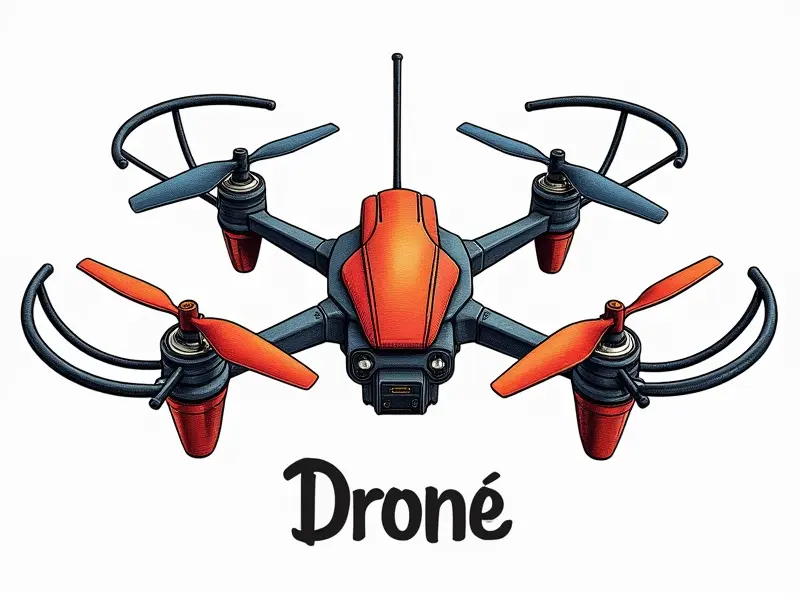Transmitter calibration steps

Beginner's Guide to Calibrating RC Transmitters
If you're new to the world of radio-controlled (RC) vehicles, one crucial step in ensuring optimal performance is calibrating your transmitter. This process involves setting up and fine-tuning your remote control to work seamlessly with your vehicle or aircraft. Proper calibration ensures that all controls respond accurately and efficiently.
Optimize Control: RC Transmitter Calibration Made Simple
Calibrating an RC transmitter can seem daunting at first, but it's a straightforward process once you understand the basics. By following these simple steps, you'll be able to optimize your control and enjoy smooth, responsive operation.
Why and How to Calibrate Your RC Transmitter
The primary reason for calibrating your transmitter is to ensure that all channels are correctly configured and functioning properly. This process helps eliminate any dead zones or inaccuracies in the signal transmission, leading to better control over your vehicle.
Step-by-Step Guide to RC Transmitter Calibration
To begin, follow these steps:
- Power On: Turn on both your transmitter and receiver. Ensure they are paired correctly.
- Access Settings: Navigate through the menu options of your transmitter to find the calibration or setup section.
- Channel Adjustment: Calibrate each channel individually by moving the control sticks and buttons through their full range of motion.
- Sensitivity Tuning: Adjust the sensitivity settings for optimal responsiveness. Higher sensitivity is suitable for fast-paced maneuvers, while lower sensitivity works well for precision tasks.
Achieving Precision with RC Transmitter Calibration
Precision calibration ensures that your transmitter sends accurate signals to your receiver without any lag or interference. This level of accuracy is crucial for competitive racing or aerobatic flying where split-second control can make all the difference.
Easy Tips for Perfecting RC Transmitter Calibration
- Regular Maintenance: Periodically check and recalibrate your transmitter to maintain optimal performance.
- Battery Check: Ensure that your transmitter's batteries are fully charged before calibration. Low battery levels can affect signal strength and accuracy.
- Environment: Calibrate in a quiet, interference-free environment to avoid any external factors affecting the process.
Mastering RC Transmitter Calibration in Minutes
Mastery comes with practice. By consistently calibrating your transmitter and understanding its nuances, you'll become proficient in no time. This skill will enhance your overall enjoyment of RC hobbies and improve your performance significantly.
Quick Tricks for Flawless Transmitter Sync
- Sync Check: Perform a quick sync check by moving all controls to their extreme positions while the receiver is powered on. This ensures that signals are being transmitted accurately.
- Signal Strength Test: Use signal strength indicators if available, to ensure strong and consistent communication between transmitter and receiver.
Essential Steps for Calibrating Your TX
The essential steps include:
- Power on both the transmitter and receiver.
- Navigate to calibration settings in your transmitter's menu.
- Adjust each channel individually.
- Tune sensitivity for optimal performance.
Quick Guide: Calibrate Your RC Controller Right
A quick guide to calibrating your RC controller includes:
- Step 1: Power on the transmitter and receiver.
- Step 2: Access calibration settings.
- Step 3: Adjust each channel's range.
- Step 4: Fine-tune sensitivity as needed.
Optimize Your RC Control with Proper Calibration
Proper calibration is the key to optimizing your RC control experience. By following these guidelines, you'll ensure that every aspect of your transmitter and receiver works harmoniously together, providing you with a seamless and enjoyable user experience.
Conclusion
Calibrating your RC transmitter is an essential step in ensuring optimal performance for your radio-controlled vehicles or aircraft. By following the steps outlined above, you can achieve precise control and enhance your overall enjoyment of this hobby. Regular maintenance and calibration will keep your system running smoothly and ready for any challenge.

